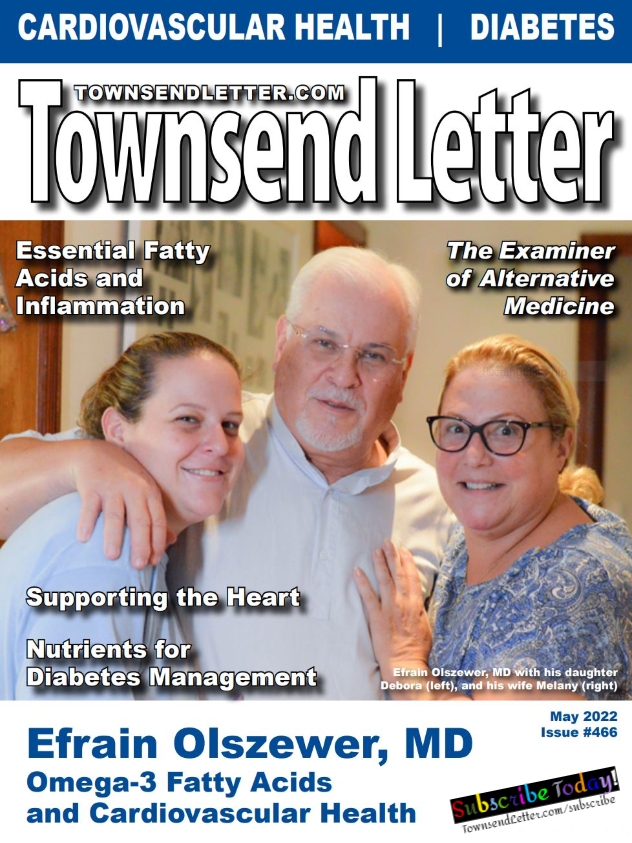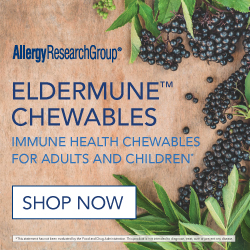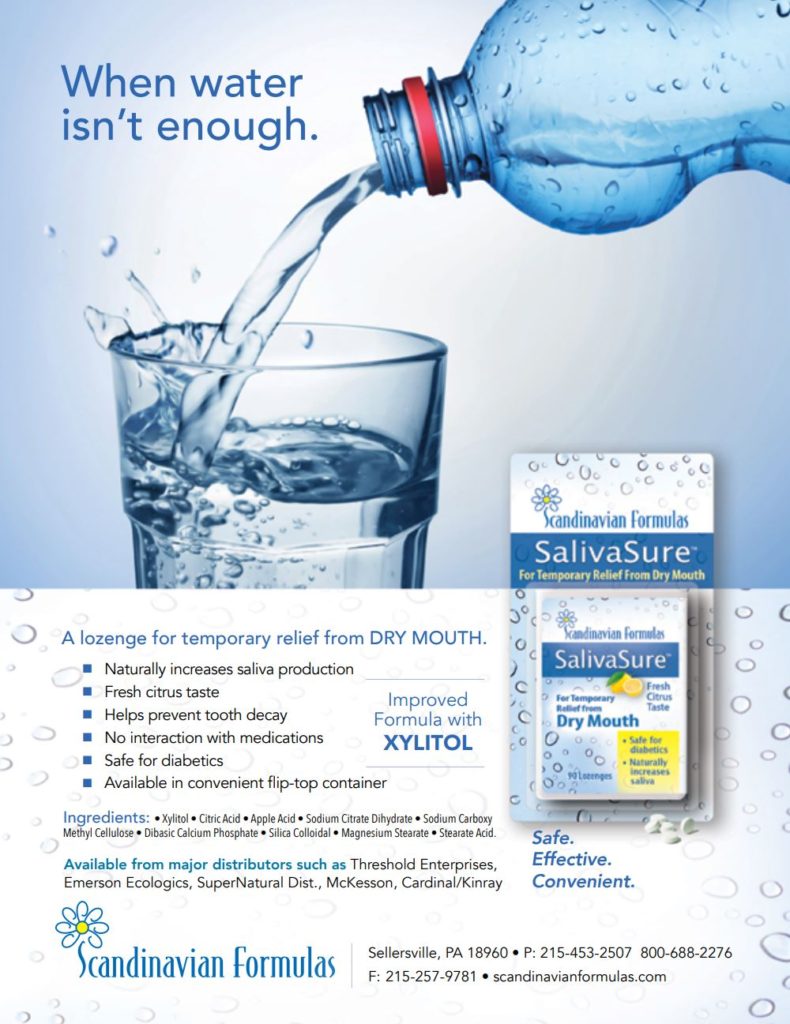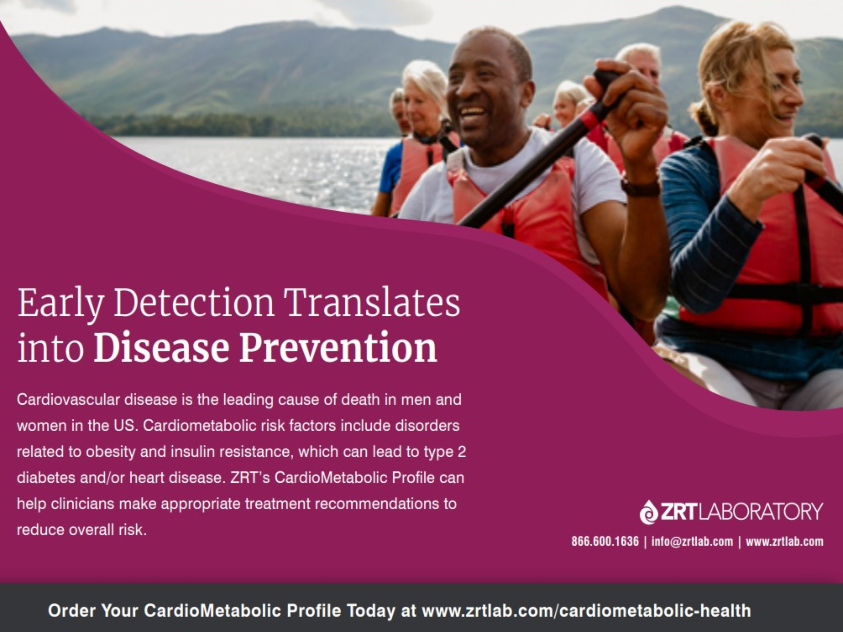By Fraser Smith
Cardiovascular disease (CVD) is the number one cause of mortality in the United States,1 and globally. Although substantial resources have been devoted to reducing the impact of CVD, from primary prevention to intensive stating therapy, it remains a major problem. Looking under the surface of aggregated data about LDL levels and mortality, which does shift slightly with medical therapy, it is simple enough to see a number of driving factors of CVD that are on the rise.
In a natural medicine, whole health approach, we want to maximize the body’s adaptive responses, at the same time that we work with the patient to reduce the factors that disturb health. That often means examining the patient’s mode of living and identifying what determining factors of health are not addressed. Or it can mean active avoidance of harms such as environmental toxins or food additives.
One of the exciting aspects of working in the natural medicine field these days is that the mechanisms of how the body restores balance are becoming more clearly mapped out. For example small doses of substances, including some that are known to be toxins at higher doses can turn on pro-survival responses. An area of pharmacology known as hormesis2,3 has grown substantially in the size of its research body in the last 25 years. The roots of hormesis, a term which is from the Greek word “to excite” stretch back centuries. The idea of using very small amounts of something that can be harmful in large amounts, to stimulate healing, might seem like a paradox. Paracelsus alluded to this when he wrote that the dose determines the poisonous or the medicinal effect. In the early 20th century this concept was expressed by the Ardnt-Schultz principle—that small doses stimulate, and large doses inhibit. For a time, this nonlinear dose-response model was on its way to becoming the dominant paradigm in pharmacologic research. The contemporary competing paradigm to the “biphasic” responses implied by Ardnt-Schultz, was a paradigm that was championed by some of the leading British pharmacologists of the day. It focused on the linear dose response curve with clearly demarcated thresholds between no observed effect and the beginning of possible adverse effects. It’s clear which model triumphed.4 And for 100 years, only a linear model of dose-response curves in pharmacology that, while very productive for predicting drug potency and efficacy, more or less relegated the body’s inherent defenses and responses to a relatively unimportant “X Factor.”
Hormesis, An Exciting Topic
In the 1990s, a brilliant pharmacologist, Dr Edward Calabrese, started to create bioassay methods that could much more accurately determine what responses were happening at very low doses, particularly those doses between 0 and what is typically thought of as the classic pharmacologic dose where both drug effects and adverse effects are presumed to begin. In this model, which Calabrese continued to use the term “hormesis” for, there were different types of biological responses for many drugs, or plant extracts, and two different dosing zones: the very low dose and the classic higher dose. Calabrese not surprisingly encountered skepticism in his initial attempts to publish his work and recruit other pharmacologists to pursue this research, yet he persisted. Eventually he had his early research pushed in respected peer reviewed pharmacology journals. Through dialogue with likeminded researchers and critics, he not only refined his research methodology but helped to bring hormesis research into a much higher state of acceptance and productivity. Now many hundreds of publications on hormesis have been made and thousands of bioassays conducted.
Calabrese defines hormesis as a stimulation in the low dose zone.2,3 That stimulation effect, when measured, is of a reasonably modest magnitude—about 150% above control. It typically happens midway between 0 dose and what is considered the usual pharmacologic dose of a drug. In many cases, that stimulatory effect can bring out health-creating and pro-survival responses at the cellular and genetic level. These responses are highly conserved among different organisms and could be described as a biologically fundamental response to stressors on the organism. In a pharmacologic sense, the dose response curve for hormetic substances is shaped like a U or a J instead of a straight line.
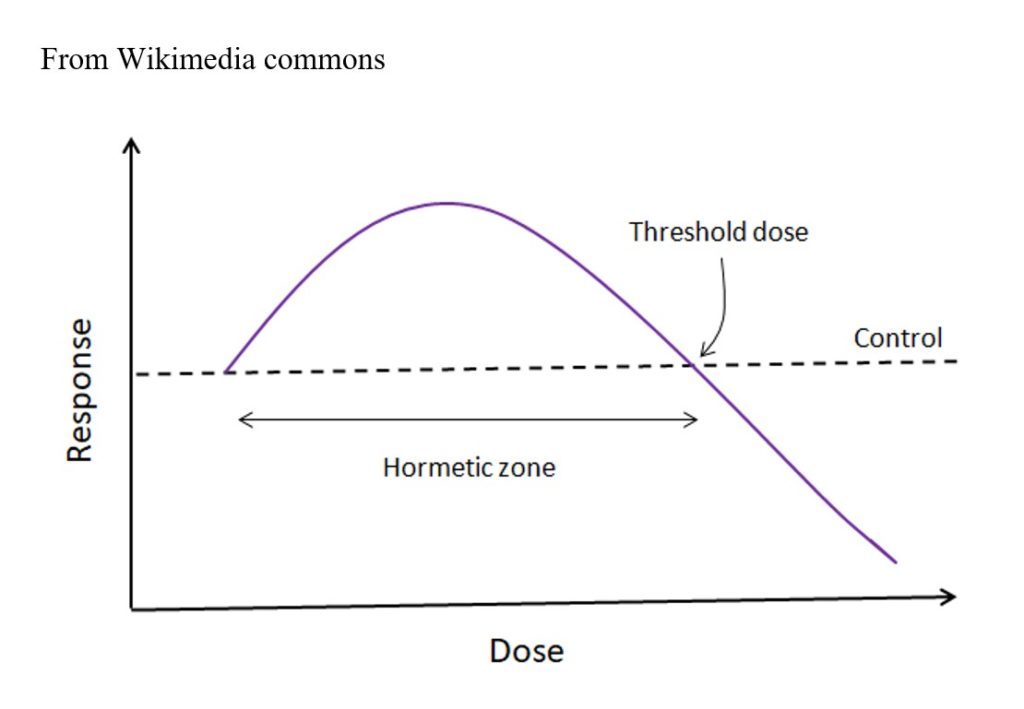
This is of importance in natural medicine because what we often do involves using sub-toxic doses and often low doses of plant-derived or food-derived molecules to turn on adaptive responses in the body.5 One example is phytonutrients from the Cruciferae family of vegetables. Sulforaphane, which can be found in broccoli, for example, switches on defenses in the cell that normally serve to shield the cell from oxidative stress. This sulfur-containing compound from broccoli (and other Cruciferae family vegetables) finds its way to the cytoplasm. There it encounters a complex called NRF 2 (Nuclear factor-erythroid factor 2-related factor 2). This protein is bound to another protein called KEAP1 (Kelch-like ECH-associated protein 1).6 When oxidative stress rises in the cell, NRF2 dissociates from KEAP1 and is free to translocate to the nucleus. Once there, it binds to the antioxidant response element (ARE). This control center, once activated, allows for transcription of downstream suites of genes that are responsible for antioxidant enzymes, such as glutathione synthase.
When the ARE is activated, this in turn switches on a suite of genes responsible for expressing what we call Phase Two enzymes. For example, glutathione synthase, is upregulated. Although sulphoraphane at dietary levels is not harmful, it is perceived by the cell “as if” oxidative stress has increased, and in turn, a thermostat of sorts detects this and turns on the production of more antioxidant/detoxification proteins.
It turns out that many substances can act hormetically. They act through different pathways and induce expression of different responses and gene expression. All living organisms seem to respond to a low dose challenge of some chemicals or physical stressors, by making a modest “overcompensation response” which ultimately is to the organism’s benefit. In this case, the aphorism stated by both the philosopher Frederick Nietzsche and the singer Kelly Clarkson holds true—“what doesn’t kill me makes me stronger,” with the caveat that the stimulus should not be overly taxing on the organism.
Interestingly, NRF2 overactivation can be deleterious in heart disease with regards to heart remodeling.7 So, a deficiency of these plant-derived compounds might lose us an opportunity to increase our defenses. Too many of these compounds may have downsides. The low dose (which is what we would get from diet) is probably best. This is a reminder that when supplementing, more is not always better.
What hormetic responses could improve cardiovascular health and reduce the risk of disease? Exercise has hormetic effects on the heart. This is of a form of pre-conditioning. The proteins that allow a myocardial cell to better tolerate ischemic stresses will increase due to exercise. Exercise, of course, creates collateral circulation in the heart as the muscle gets more and more conditioned. It also can help the heart muscle become stronger. But the hormetic aspect of exercise is the way in which exercise can make oxygen demands that the heart struggles to meet. The heart is an enormous consumer of energy, ripping through it’s own supply of ATP every few seconds. This muscle must perform a tremendous amount of beta-oxidation in the mitochondria. The challenging dose of exercise prepare mitochondria for this task and helps us express genes that allow us to tolerate mild ischemia.
Sestrins and Response to Stress
The benefits of exercise also work with a class of proteins known as sestrins.8 Sestrin was originally discovered in research looking for targets for the tumor suppressor p53. Further research showed that DNA damage elicited more sestrin production. Later, it was shown that sestrin expression was strongly induced upon DNA damage. As mentioned above exercise can mildly create ischemia. But those with coronary artery disease and myocardial disease, or angina pectoris, experience ischemia frequently. Sestrin expression, particularly Sestrin2, is increased after cardiac ischemia, coinciding with activation of adenosine 5′ monophosphate-activated protein kinase (AMPK)—an important signal that allows for more energy production when the cell needs it most. Loss of Sestrin2 can reduce the needed ischemic activation of AMPK, and this makes a heart more vulnerable to damage from bouts of ischemia. These episodes can come from overwork in a heart patient, or simply the partial blockage due to stenosis and platelet aggregation, even if a total infarct doesn’t develop.
Sestrin2 expression in the heart declines upon aging in mice, and its role in the activation of protective proteins is well understood. What about human studies involving those with heart disease? Sestrin levels are higher in those with heart disease who are going through a very disease-active state. Although much still remains to be learned about sestrins, it appears that these higher levels in those with heart disease are a response, not the cause, of the disease. As strain on the heart increases, so does sestrin production. When the heart cells are under attack from oxidative stress, or suffering from ischemia, sestrin production is an attempt to increase the survivability of those beleaguered cells.
This defense mechanism could be useful for long-term health maintenance. Sestrins suppress the mechanistic target of rapamycin complex 1 (mTORC1) activity during feeding; and conversely, they sensitize insulin action via activation of the mTORC2 signaling. That kind of sensitization is helpful because dysfunction of the insulin receptor and insulin resistance can lead to metabolic syndrome and higher risk for cardiovascular disease. Caloric restriction and exercise are ways to increase sestrin levels.
Sirtuins and the Power of NO
Sirtuins are proteins that are integral to the intima of the artery, particularly the endothelium. This single cell layer governs the ingress and egress of substances into the artery way, most notably LDL particles.9 The endothelium produces nitric oxide, a substance critical for vasodilation. Nitric oxide also reduces inflammation local to the artery, and this leads to less oxidation of LDL particles, and less inflammation. Without adequate nitric oxide, there is vasoconstriction, and increased inflammation, including the damage of oxidized LDL.
Resveratrol is a polyphenol of the stilbenoid group, possessing two phenol rings linked to each other by an ethylene bridge. It is found in many plant foods, and red wine (a component of many Mediterranean diet plans) has a lot of it.10, 11 Resveratrol is a well-known dietary supplement for antioxidant and cancer prevention uses. Resveratrol causes more sirtuin activation and therefore, more production of nitric oxide (NO) in endothelial cells by upregulating the expression of endothelial NO synthase (eNOS), stimulating eNOS enzymatic activity, and preventing eNOS uncoupling. At the same time, resveratrol inhibits the synthesis of endothelin-1 and reduces oxidative stress in both endothelial cells and smooth muscle cells.
Some of the hallmarks of a heart that is reacting pathologically to stressors such as cholesterol deposition and oxidative stress include smooth muscle cell proliferation, vascular remodeling, and arterial stiffness. This can be, to an extent, ameliorated by resveratrol as well. “In addition, resveratrol also modulates immune cell function, inhibition of immune cell infiltration into the vascular wall, and improves the function of perivascular adipose tissue. All these mechanisms contribute to the protective effects of resveratrol on vascular function and blood pressure in vivo. Sirtuin 1, AMP-activated protein kinase, and estrogen receptors represent the major molecules mediating the vascular effects of resveratrol.”12

00004-HTML/image_m/fchem-03-00004-g001.jpg
As we learn the molecular language of the healing power of nature, it sheds light on why some of the treatments and substances we know help patients actually work. It also helps us to consider new ways to use existing treatments. And it opens the door to add to our treatment inventory. The science of how to increase human resilience in ways that are financially and physiological low cost is very exciting.
Primary prevention, such as smoking cessation is of course important for prevent cardiovascular disease. Secondary prevention that works to repair or change something in physiology—such as lowering LDL—can bring benefits. The third line of defense is the activation of pro-survival genes. This can be done with substances that are hormetic in nature, or at the very least can in a linear dose dependent fashion raise the levels of sestrins, surtuins, NRF 2 and many other adaptive proteins in our body. For the time being, safely conducted caloric restriction under medical supervision, consumption of pro-antioxidants such as Cruciferae family vegetables (and curcuminoids from turmeric – Curcuma longa), exercise to tolerance, and resveratrol from foods or from supplements, are a good start to increasing resilience.
References
- https://www.cdc.gov/nchs/fastats/leading-causes-of-death.htm. Accessed February 21, 2022.
- Calabrese EJ. Hormesis: Path and Progression to Significance. Int J Mol Sci. 2018;19(10):2871.
- Calabrese EJ. Hormesis and medicine. Br J Clin Pharmacol. 2008;66(5):594-617.
- Calabrese EJ, Baldwin LA. The marginalization of hormesis. Hum Exp Toxicol. 2000 Jan;19(1):32-40.
- Leak RK, et al. Enhancing and Extending Biological Performance and Resilience. Dose Response. 2018;16(3):1559325818784501.
- Rhee SG, Bae SH. The antioxidant function of sestrins is mediated by promotion of autophagic degradation of Keap1 and Nrf2 activation and by inhibition of mTORC1. Free Radic Biol Med. 2015 Nov;88(Pt B):205-211.
- Zang H, Mathew RO, Cui T. The Dark Side of Nrf2 in the Heart. Front Physiol. 2020 Jul 9;11:722.
- Kim M, Kowalsky AH, Lee JH. Sestrins in Physiological Stress Responses. Annu Rev Physiol. 2021 Feb 10;83:381-403.
- Grabowska W, Sikora E, Bielak-Zmijewska A. Sirtuins, a promising target in slowing down the ageing process. Biogerontology. 2017;18(4):447-476.
- Breuss JM, Atanasov AG, Uhrin P. Resveratrol and Its Effects on the Vascular System. Int J Mol Sci. 2019;20(7):1523.
- Salehi B, et al. Resveratrol: A Double-Edged Sword in Health Benefits. Biomedicines. 2018;6(3):91.
- Haige Li, et al. Resveratrol and Vascular Function. Inter J Mol Sci. 2019;20:2155.

